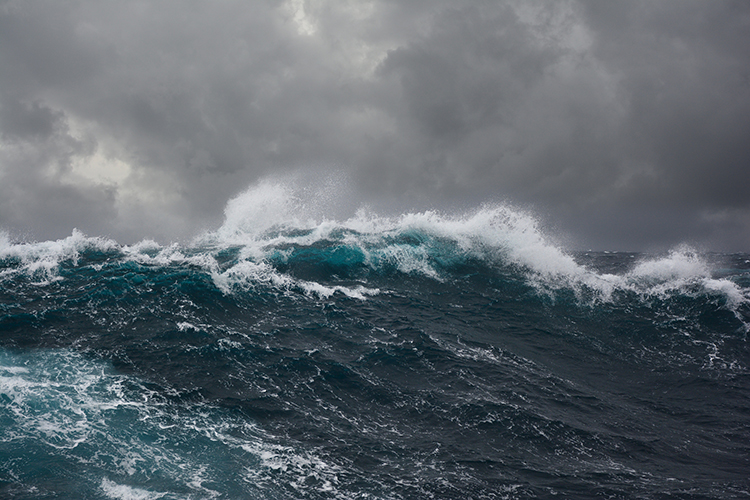
On a 17-day journey from Napier, New Zealand, to the Port of Jingtang in Tangshan, China, a cargo ship carrying 5,867 head of cattle and 43 crew members capsized last week.
Typhoon Maysak was churning in the East China Sea on Wednesday, and by that evening, the 450-foot vessel named Gulf Livestock 1 had lost an engine and was overturned in the waters south of the Japanese coast. Twenty-four hours later, only one of the crew members had been rescued as three ships, four airplanes, and two divers had taken on the search. Bodies of some of the cattle had been recovered.
New Zealand’s Ministry for Primary Industries temporarily suspended applications for live cattle exports after the ship went missing, according to Reuters. The country’s live export trade reached a value of $37 million (U.S.) in 2019. However, they had launched a review of the program last year after thousands of animals exported from New Zealand and Australia died in transit.
Animal rights activists are pointing to the incident as another example of why live animals should not be subjected to export trade. Further concerns are overstocked conditions, heat stress, and disease.
The Gulf Livestock 1’s cargo was being exported by Australasian Global Exports, an Australia-based company that specializes in live animal exports and has quarantine facilities in China. The company valued the animals at nearly $3,000 (U.S.) each, shared reporters Junko Fujita and Prareen Menon in their news article, “Cattle ship capsized in storm off Japan, rescued crewman say.”
China, the destination for these nearly 6,000 animals, has a rapidly expanding dairy industry. The country has imported more than 46,000 head of cattle from New Zealand alone so far this year, according to their customs data.








